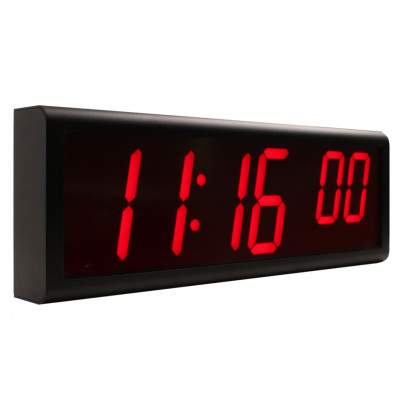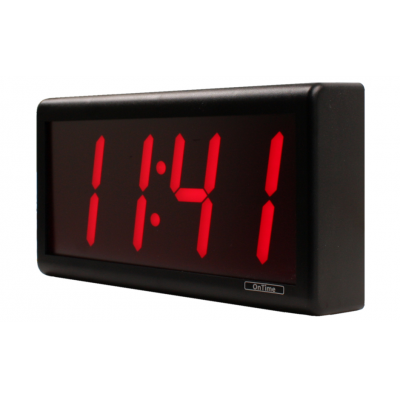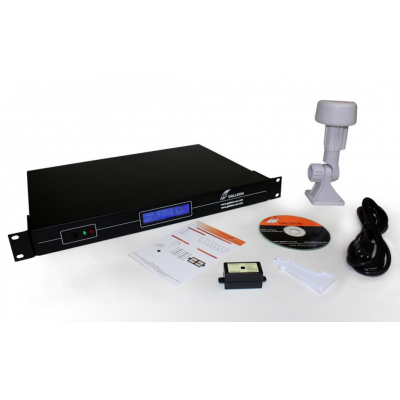
Business digital wall clocks are reliable and highly accurate.
Time is an important aspect for all businesses, and in most instances regular clocks and watches are just fine for telling people when to arrive at work or when a meeting is about to start. However, for some businesses, time really matters and every second can count, and regular clocks are just not accurate enough.
In the financial markets, for instance, stock prices can rise and fall in the space of a single second, while in organisations that rely on people being punctual, having clocks that can drift and lose synchronisation can create an inefficient service.
For this reason, business digital wall clocks that keep perfect time and never lose synchronicity with each other are essential tools.

Business digital wall clocks come with four or six digits.
Atomic Clock Precision
Atomic clocks are the most precise type of clock. Compared to a standard digital clock, which may drift a few seconds each day, an atomic clock won’t drift by a second in thousands of years. While this type of ultra-accuracy may seem unnecessary, by using an atomic clock a business won’t suffer the problem of different clocks drifting at different rates.
Of course, atomic clocks are not the sort of equipment that can be attached to a wall; they are highly sensitive and expensive pieces of equipment, but you don’t need an actual atomic clock to make use of its ultra-precise time. A business digital wall clock can use an atomic clock as a source of time and relay this time in a digital display.
These atomic clock receiving clocks come in various guises. Some use small radio receivers to pick up the atomic clock transmissions broadcast by the National Physical Laboratory (NPL) in the UK or the National Institute of Standards and Time (NIST) in the USA.
However, for organisations that require multiple business digital wall clocks, the most efficient system is to use a network of clocks connected to a network time server. These time servers can receive and distribute atomic clock time to hundreds of devices including business digital wall clocks but also computers around the office, too.

Business digital wall clocks receive time from an NTP server.
NTP Synchronisation
A network time server uses the software algorithm NTP (Network Time Protocol) to synchronise all devices on a network to the same timescale. NTP works by continually checking every device connected to the network time server, whether it is a computer or business digital wall clockm to ensure it hasn’t drifted from the atomic clock time.
This is so effective that it means a network of business digital wall clocks can be kept to within a few milliseconds of each other.
The great advantage of NTP synchronised clocks is that they never have to be adjusted and will automatically alter during periods of daylight saving time changes. When connected to a network using an Ethernet cable, they won’t require batteries either, so there is never any worry that a clock will stop.
When time really matters, business digital wall clocks connected to a network time server and synchronised to NTP will ensure everybody in an organisation will have access to the exact same time and that all clocks will be identical to each other all the time, helping to create efficiency in the organisation.
Contact Galleon for more information.